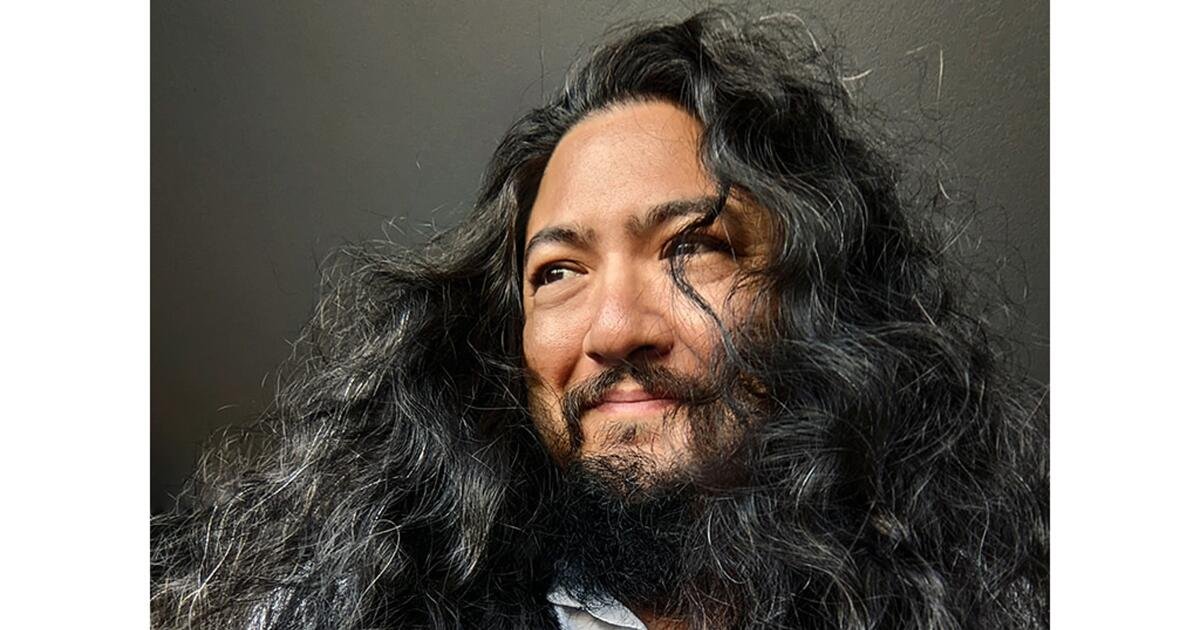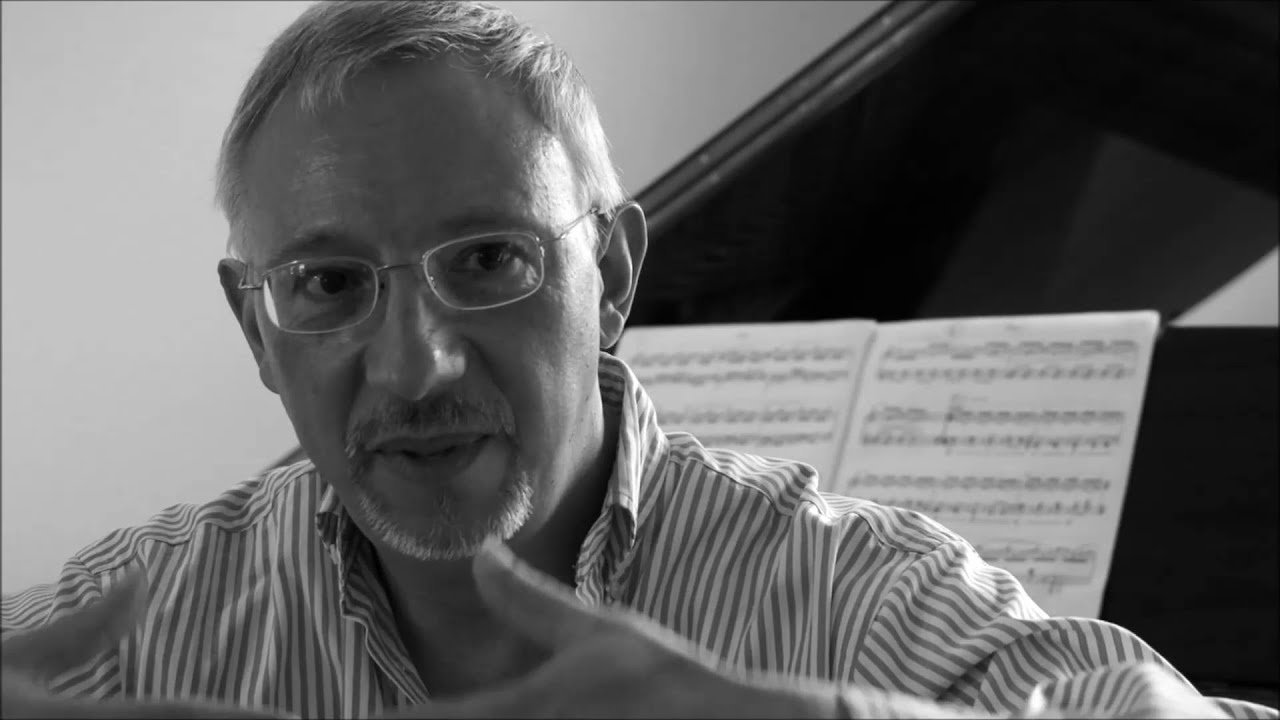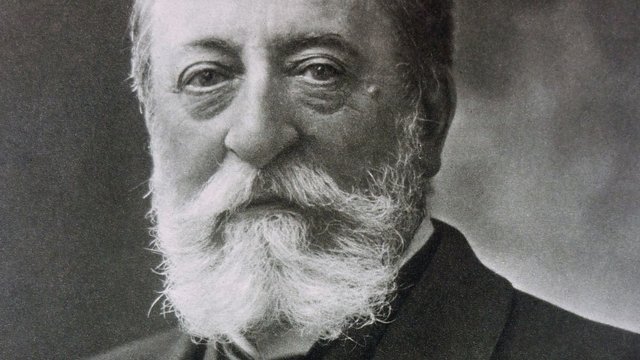In their first collaboration with San Antonio’s Olmos Ensemble, Agarita explores evocative works for mixed ensemble (winds, strings, and piano) that speak to our time and pack a punch. This program includes special arrangements by composer Michael Ippolito of Maurice Ravel’s Piano Concerto in G major, Adagio assai, and Camille Saint-Saens’ Dance Macabre.
Program
Paul Wiancko | LIFT | Part 3 for String Quartet
Aaron Copland | Sextet | Allegro vivace for Clarinet, String Quartet, and Piano
Martin Bresnick | My Twentieth Century for Flute, Clarinet, Violin, Viola, Cello, and Piano
Laura Vega | Paraísos Perdidos III for Piano Quartet
Miguel del Aguila | Salon Buenos Aires | I. Samba | III. Obsessed Milonga for Flute, Clarinet, Violin, Viola, Cello, and Piano
Maurice Ravel | Piano Concerto in G Major | II. Adagio assai | arranged by Michael Ippolito
Camille Saint-Saëns | Danse Macabre | arranged by Michael Ippolito
FOR A FULL LIST OF OUR SUPPORTERS AND TO SUPPORT AGARITA, CLICK ON THE LINK BELOW.
Over the course of three decades Olmos Ensemble has established itself as one of the premier chamber music organizations in Texas and has gained national recognition for its world class performances, broadcasts and on-line concert archive. Founded as a chamber music showcase for San Antonio Symphony principal players in 1994, Olmos Ensemble’s core group now includes leading musicians from across the United States, including several with San Antonio roots. Olmos Ensemble’s programming has won plaudits for its innovative programming, showcasing neglected works by female composers, forgotten Baroque gems and challenging contemporary pieces alongside insightful interpretations of standard chamber repertoire from the 18th, 19th and 20th centuries.
In addition to an annual Summer Concert Series in August and Regular Concert Series throughout the year, Olmos Ensemble performs outreach concerts in local communities and is regularly featured in broadcast performances on Texas Public Radio and American Public Media’s Performance Today. Recent guest artists include internationally acclaimed musicians Jeannette Sorrell, Jon Nakamatsu, Vadim Gluzman, Jon Kimura Parker, Jeffrey Kahane and John Novacek.
Program Notes
Recently joining the legendary, pioneering Kronos Quartet, as well as becoming the Director of Chamber Music at the Spoleto Festival, cellist Paul Wiancko is an active chamber musician, director, and composer with multifaceted aesthetic interests. His music often combines elements of folk with more traditional classical forms, and the result is a fresh musical perspective that feels like a beacon of hope for the next generation. In its entirety, LIFT (2016) is a tour-de-force for the string quartet genre, incorporating elements of jazz, improvisation, hip-hop, and folk to generate something authentic and heartfelt. Wiancko himself writes:
“LIFT is an investigation of elation in its musical form… I joyously explored the capacity for harmony, colour, and rhythm itself to evoke and inspire. [The] piece ultimately represents the journey of a soul—laid out in fervent, celebratory detail.”
The third movement, performed on this program, has three contrasting sections. Still, patient and icy, the first section is subtitled “Glacial.” Jarringly out-of-place but intentional, the second section “Maniacal” is a zany potpourri of jazz-inspired tunes and syncopated grooves. The final section “Lift” is a minimalist-inspired ascension that is beaming with hope, love, flavor, and uncontrolled joy.
Perhaps more than any other composer, Aaron Copland’s compositional style and musical voice became synonymous with an “American” sound, most famously with works like Appalachian Spring and Rodeo. But in addition to his hits, he was constantly experimenting with both tonality (pushing harmonies to more dissonant and unusual places) and rhythmic structures. His Sextet (1937) was originally intended to be his second Symphony, but musicians complained that the work was too difficult, and so he reluctantly reduced it to a sextet with the hope that it would be performed. In this instrumentation, the work has thrived. The difficult stems from its virtuosic leaps, counterpoint between the instruments, and frequent meter changes.
Martin Bresnick is one of the most distinguished American composers of our time, with recognitions that range from Fulbright, Rome Prize and Berlin Prize fellowships to film scores for Academy Award-nominated films. About his work My Twentieth Century (2002) he writes:
Tom Andrews and I got the idea for 'My Twentieth Century' during our shared time at the American Academy in Rome in the Fall of 1999. 'My Twentieth Century' is a descendant of Arnold Schoenberg's Pierrot Lunaire - without the chanteuse and in a more vernacular musical and poetic idiom. According to our plan, I have integrated Tom's text within the musical architecture of the composition by having the performers occasionally leave their accustomed roles as musicians and speak the lines of the poem to us, and to each other, as if in a heightened conversation. Tom completed the poem 'My Twentieth Century' shortly before he died suddenly in July of 2001. 'My Twentieth Century' is dedicated to his memory.
My Twentieth Century
I played hopscotch at twilight in the twentieth century.
I lived in a country of fireflies in the twentieth century.
I saw the moon shipwrecked in the twentieth century.
My brother died in the twentieth century.
I wore ridiculous clothes in the twentieth century.
I danced like a sumac tree in the twentieth century.
I went to a sensitivity workshop and had my umbrella stolen in the twentieth
century.
My brother died in the twentieth century.
I wasted three years on geometry in the twentieth century.
I was anesthetized through most of the twentieth century.
I loved Kawasaki in the twentieth century.
My brother died in the twentieth century.
I ate sweet apples in the twentieth century.
I ate my peck of dirt in the twentieth century.
I ate my words in the twentieth century.
My brother died in the twentieth century.
I wrote passionate letters in the twentieth century.
I was incapable of keeping silent in the twentieth century.
I shed pints of blood in the twentieth century.
My brother died in the twentieth century.
I leaned like a lampshade over my life in the twentieth century.
I prayed to the Son of Man in the twentieth century.
It was nearly possible to live in the twentieth century.
My brother died in the twentieth century.
There was something very obvious in the twentieth century
I could never see or understand.
The dead knocked on the door of my life in the twentieth century.
Who's there? I said.
— Tom Andrews (adapted by Martin Bresnick)
Laura Vega is a composer from the Canary Islands whose personal expressive voice incorporates a style and melodic sensibility from her country. Last May, Agarita was lucky enough to meet her in Spain and work with her on this composition. Her earnest passion for music and deep appreciation for humanity shines in both her playing and composing. About her work Paraísos perdidos III, she writes:
The composition is inspired by the painting "Paisajes con aulagas" or "El rayo verde" by the Gran Canarian artist Antonio Padrón (1920–1968). The music is structured in contrasting sections, each reflecting different landscapes of the Canary Islands, interpreted as paradises. A melancholic character predominates in the melodic treatment, aiming to express the sentiment of the islander who felt the need to leave their homeland and emigrate (hence the title "Paraísos perdidos" or "Lost Paradises"). Additionally, certain elements of Canarian folklore are subtly incorporated, such as the melodic motif of the "arrorró" (a traditional lullaby) and percussive elements in the cello that attempt to imitate the sound of the "chácaras" (traditional castanets) and the "tambor gomero" (a type of drum).
Born in Montevideo, Uruguay, composer Miguel del Aguila fled his country at the age of 21 to pursue a musical career in the United States, where has maintained an illustrious career for over four decades. His music often incorporates his Latin American roots. About his work Salon Buenos Aires (2005), he writes:
Commission by the Cactus Pear Music Festival in 2005, Salon Buenos Aires was premiered by the Festival’s ensemble in San Antonio, TX the same year. Written in three movements, Salon Buenos Aires is a nostalgic musical trip to 1950’s Buenos Aires. The music conveys the general mood of this period of great prosperity and optimism that preceded the social collapse of the 1970’s in the hands of militaristic regimes. The mood is set by numerous South American dance forms used throughout the work. From carefree Brazilian Samba rhythms to old fashioned melodramatic Tangos and Milongas (an Uruguayan dance which preceded Tango). The first movement is bright and upbeat, while the final Milonga distorts its rhythm into irregular patterns as its constant beat that drives the piece from the good spirited lightness of the beginning to an out of control obsessive finale.
The French impressionist composer Maurice Ravel did not intend anything too profound or epic for his Piano Concerto in G major (1930), which would be his penultimate composition. Simplicity and clarity are stylistic themes throughout, and he took Mozart and Saint-Saens as models. However, particularly in the second movement performed tonight, there is profundity in that simplicity. Ravel himself stated about composing it, "That flowing phrase! How I worked over it bar by bar! It nearly killed me!” Apart from its iconic opening, the work later weaves glistening countermelodies above the simple, flowing theme, creating tender harmonies that imbue the work with poignancy. Ravel was intrigued by jazz, which was developing during this part of the century, and one can hear extended seventh-chord harmonies in this work that are found in the jazz language. Coming full circle, jazz great Herbie Hancock will make an album called “Gershwin’s World” in 1998 in which he performs his own version of this concerto movement. I highly recommend it and expect that Ravel would have loved it. Agarita and the Olmos Ensemble are privileged to have commissioned composer Michael Ippolito for the arrangement of Ravel’s concerto movement for tonight’s performance.
Danse Macabre (1874) by Camille Saint-Saëns is one of the most recognizable and popular works from the romantic period of classical music, used even now in a variety of media from Disney animations to Olympic figure-skating routines. The work is a ‘tone poem,’ a type of programmatic work that progressive romantic composers like Franz Liszt and Richard Wagner championed. Based on a text by the poet Henri Cazalis, the work is about a Halloween legend: at the stroke of midnight, Death calls forth the dead from their graves with his violin playing, and these skeletons dance until the cockerel crows at dawn. Beginning with iconic tritone chords from the violin, a dissonant harmony that was known during the Medieval and Baroque periods as “the Devil in music,” the music proceeds to bounce its dancing melody between different instruments in the orchestra. Toward the end of the work, after a dramatic buildup of frenzied dancing, the music suddenly stops, and the cockerel’s morning call is heard. The skeletons retire to their graves to wait for next Halloween. As with the Ravel transcription, Agarita and the Olmos Ensemble are privileged to have commissioned composer Michael Ippolito for this arrangement of Danse Macabre.








